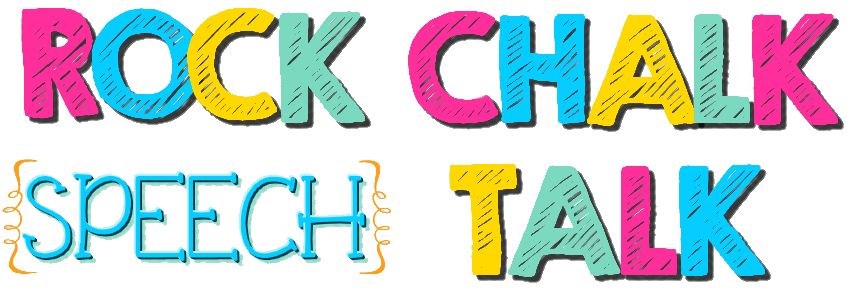I'm pretty sure a love of shopping was programmed into my genetic makeup at birth. I get it from my dad, who probably enjoys shopping more than I do... My parents always used to go out at 4am on Black Friday when all of us kids were younger, in order to get the best deals on toys and games. I haven't done a ton of Black Friday shopping (mostly because I love sleep), but I have gone out the last two years.
Last year, my first stop was Walmart to get some nice sheets on sale, thinking everyone would be in electronics and it'd be easy to get them. False. I got elbowed in the face when they opened up the pallet, so I decided to just walk away.. An ER visit was not worth it for bed sheets!! My husband had gone with me to get some Coke, so we ended up checking out, on Black Friday, with only a 2 liter of soda.. Ha!
In most other places besides Walmart, the check out lines were the worst part of the stores.. I haven't had any bad encounters at any other store, but I've been to Walmarts in less populated areas that weren't crazy, either, so I guess it just depends on your area!
That being said, I think I might just stick to trying to do most of my Black Friday shopping online this time around.. But for those who are going out to the stores to shop, I saw a lot of good deals in the ads this year that could be useful for SLPs. I thought I'd highlight some of the most relevant deals being advertised at various stores this year!
1. Michaels:
-30 percent off die cut machines and accessories, plus $20-$25 Cricut cartridges--good for the crafty SLPs!
-50 percent off Creatology crafts, including sticker buckets - - could be used for some winter/Christmas-themed crafts you're making in the speech room! I love the sticker buckets!
-Photo boxes 5/$7 (regularly $4 each) - - Could be used as organization / storage for printable TpT materials!
Combine these deals with a 30 percent off your entire purchase coupon from their ad (or get it from the Michaels app on your phone) for even more savings!
2. Target
-$299 16gb iPad Mini, plus $75 Target gift card with any iPad mini purchase
-$100 Target gift card with any regular size iPad purchase
-$50 for $60 worth of iTunes cards (pack of four $15 cards)
-$5 Games: Hedbanz, Jenga, Connect 4
3. Toys R Us
-$3.99 Game: Chutes and Ladders
-$5 Games: Angry Birds Outer Space, Cooties, Connect 4 Launchers
-$8 Game: Hedbandz
-Playdoh 4-pk: $1 each
-Save $10 on iTunes gift card purchases of $50 or more
4. Walmart
-$4.88 Games: Don't Break The Ice, Chutes and Ladders, Candyland
-$14.77 for Apples to Apples (regularly $21.88)
5. KMart
-50 percent off Apples to Apples to go and Angry Birds
6. Overstock.com
-$229 (39 percent off) for a Silhouette Cameo die cut machine + Vinyl Starter Kit + $25 + $10 download card
7. Walgreens
-$4.99 high heel tape dispenser--what girl doesn't need one of these?! :)
-$15 Walgreens gift card with the purchase of two $25 iTunes card
Are you braving the crowds this black Friday, or are you sticking to Cyber Monday?? Post some of your finds if you're shopping - - I love to hear about good deals!!








